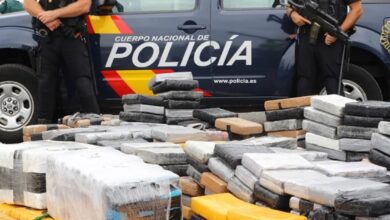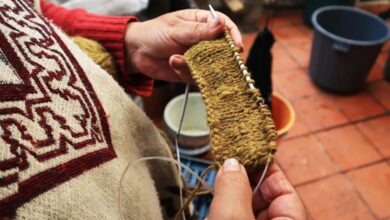Untold Science of Cocaine: Colombia’s Record Surge, Starlink Narco-Subs and the New Latin Drug Machine
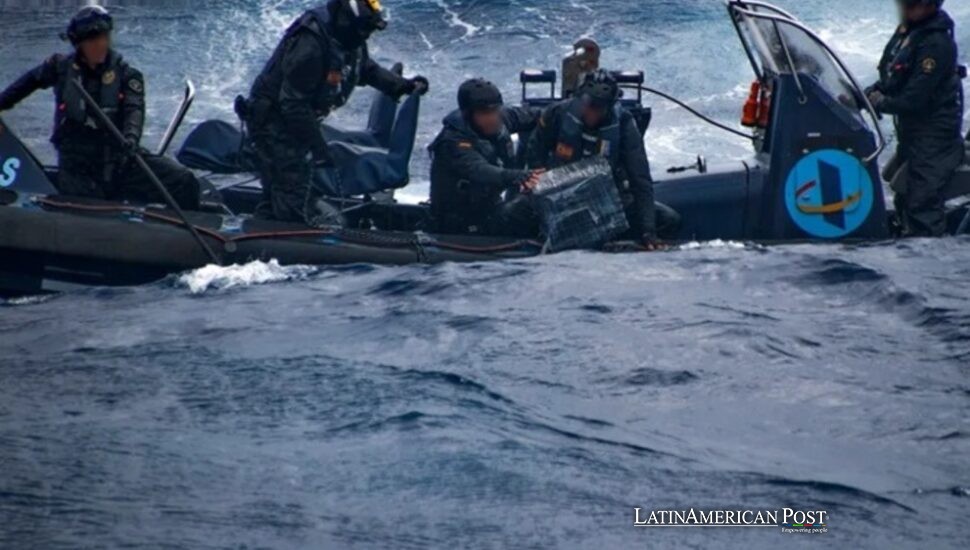
Colombia’s cocaine factories shattered every record in 2024, cranking out an estimated 2,664 tons while Starlink-guided narco-subs cruised toward Australia—proof that science, engineering, and ruthless efficiency, not gunfire, now drive Latin America’s booming drug economy.
Coca 2.0: Gene-Edited Leaves and Factory-Style Fields
Coca once grew wild on Andean slopes; today it resembles an industrial crop. UN monitors logged roughly 253,000 hectares of coca in Colombia last year, a ten-percent rise that pushed potential output to 2,664 tons of cocaine, up more than half from 2022.
The leap isn’t only acreage; it’s chemistry. In hot zones like Catatumbo, Putumayo, and Tumaco, growers sow gene-edited “super-coca” that packs extra alkaloids in every leaf. Agronomists hired by Mexican cartels teach guerrilla factions to run fields like agro-tech start-ups, utilizing techniques such as drip irrigation, pest biocontrol, and satellite soil scans. Where one ton once delivered a fortune, traffickers now need three to match yesterday’s profit—so they grow more, faster, and cheaper.
That binge feeds a global surge. The latest World Drug Report pegs worldwide output at a record high, four decades after Medellín’s fall. Only now do the pistols sit behind laptops and soil sensors, not on the hips of teenage sicarios.
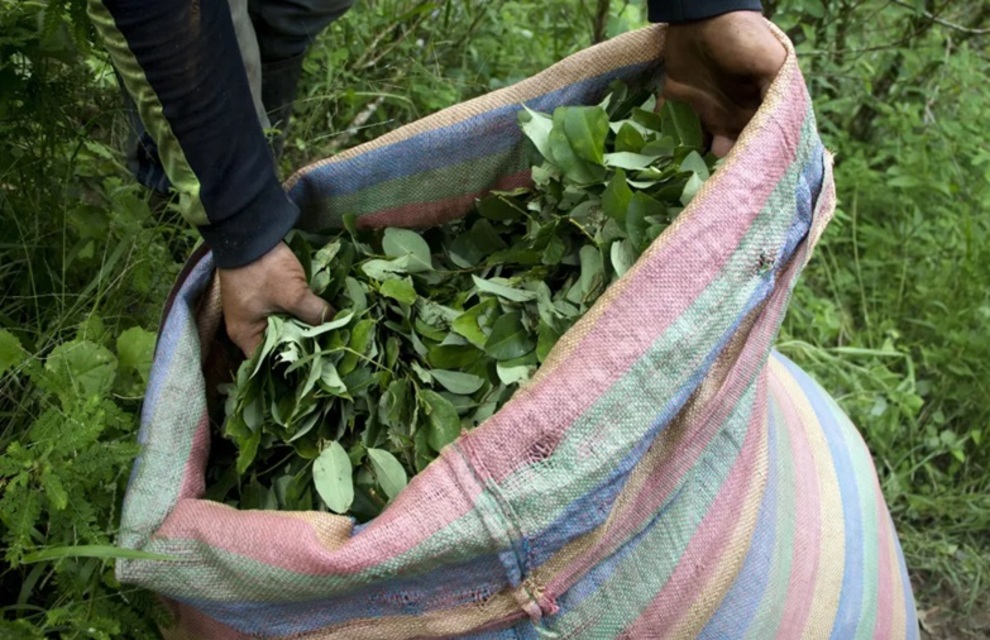
EFE@Ricardo Maldonado Rozo
The Lab-Coat Cartel: Scientists Replace Sicarios
Step into a modern jungle lab, and the first thing you notice is centrifuges, not assault rifles. Cartel chemists in white coats run miniature refineries that coax every milligram of alkaloid from shredded leaves. Dissident FARC fronts and the Gulf Clan recruit chemical engineers straight out of Bogotá universities—or import them from Sinaloa—to perfect “chemical locks,” binding cocaine to plastics or oils that fool scanners and sniffer dogs until another chemist “unlocks” the load in Antwerp or Melbourne.
Law-enforcement dossiers reveal that Colombian trainees are flying to Mexico for crash courses in industrial catalysis, while Mexican agronomists are heading south to boost yields. The marriage of guerrilla logistics and cartel R&D has given birth to a supply chain that behaves more like a Fortune 500 manufacturer—vertically integrated, metrics-driven, and endlessly tweakable.
For governments, the pivot is whiplash. Classic eradication teams target fields and peasants, today’s cocaine pipeline hides in polymers, encrypted apps, and campus chemistry labs. The drug war is no longer a shoot-out; it’s an arms race of intellect.
Starlink on the High Seas: Narco-Subs Go Autonomous
Smuggling technology has also advanced at a rapid pace. Low-profile semisubmersibles—once million-dollar vanity projects—now cost under $100,000, thanks to 3-D-printed hull parts and off-the-shelf guidance chips. Last summer, the Colombian navy snagged the first unmanned “drone narco-sub” fitted with a Starlink antenna, a 1.5-ton ghost vessel that needed no crew and left no one to arrest.
These remote-piloted coffins cross the Pacific, then ping traffickers via encrypted satellite links. If intercepted, the cartel loses fiberglass and diesel, not veteran sailors. Authorities believe that at least forty such craft slipped through last year—one reached Western Australia in November with five tons of cargo aboard.
Camouflage keeps pace. Powder arrives embedded in ceramic tiles, woven into designer sportswear, or dissolved in avocado oil. Once inside Europe or Oceania, pop-up labs reverse the process, yielding bricks purer than anything Pablo Escobar ever touched. Global logistics now means thousands of micro-routes, each agile enough to reroute overnight if a port goes hot.
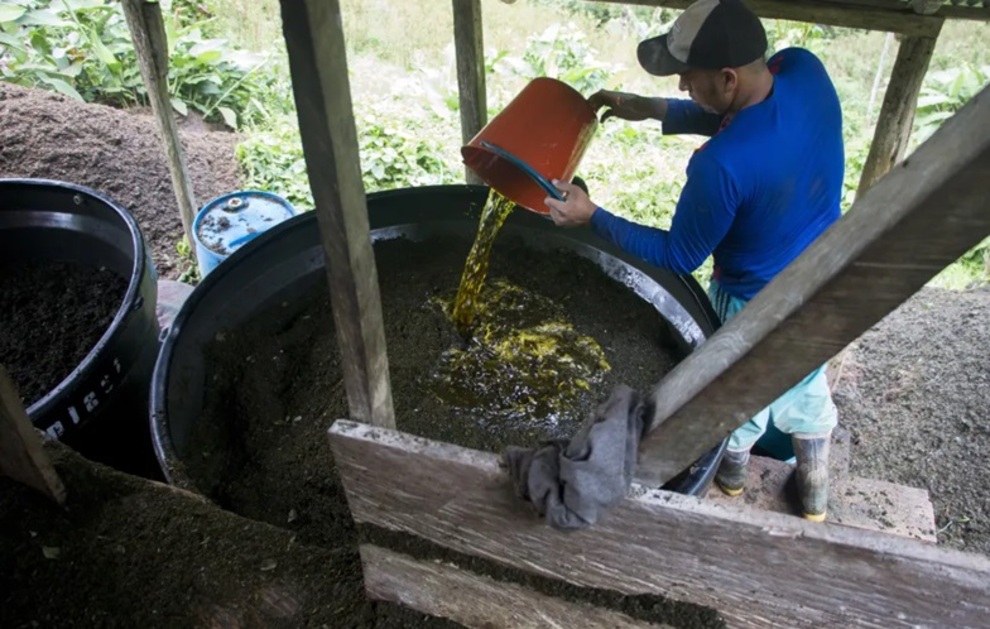
EFE@Ricardo Maldonado
Policy Catch-Up: Record Seizures, Shrinking Impact
President Gustavo Petro’s strategy targets higher links in the chain—cargo, not farmers. The approach produced a headline figure: nearly 280 tons of cocaine seized inside Colombia in 2024, plus another 880-plus tons netted with foreign partners, both records. Yet, officials concede that the haul may mirror an unprecedented oversupply. When output balloons by half, grabbing one brick in five still leaves more on the street than the year before.
Early 2025 offers the same pattern: triple-digit seizures in three months. Markets call that a leading indicator of expansion, not a leading indicator of collapse. Voluntary crop-substitution programs struggle. Super-coca earns double what coffee pays, and armed groups enforce loyalty with the same drones they use for surveillance.
Across the Andes, Peru and Bolivia fight the same genomic battle, while Mexico—logistics hub to the world—absorbs the flow, repackages it with fentanyl or meth, and ships it north and east. The mythic kingpin model has fractured into dozens of mid-sized firms, each nimble enough to vanish, franchise-style, when pressure mounts.
Colombia’s cocaine boom isn’t narco nostalgia. It’s a high-tech supply chain blending bioengineering, remote robotics, and global finance. The product moves faster, farther, and cheaper than ever; the violence persists but now hides behind spreadsheets and satellite feeds.
Until policy catches up—by cutting demand, regulating synthetics, and strangling the corruption that fuels every cog—the machine will hum on, optimized and automated. And Latin America, still tied to the world’s appetite, will continue to export not just white powder but an innovation playbook that criminal entrepreneurs everywhere are eager to copy.
Also Read: Dynamite Buried in the Rainforest: Ecuador’s Explosive Indigenous Betrayal
Credits: UN Office on Drugs and Crime coca survey and World Drug Report; seizure statistics from Colombia’s defense ministry and regional security briefings; Starlink narco-sub incident reported by Colombian Navy communiqués and international wire services.



